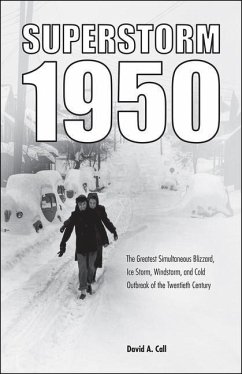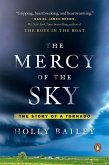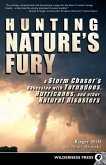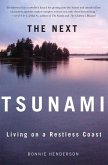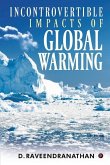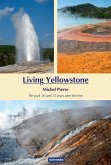"In November 1950, the greatest storm of the twentieth century crippled the eastern United States, affecting more than 100 million people. Sometimes referred to as the Great Appalachian or Thanksgiving storm, this was no ordinary weather event. Its giant size and multiple record-setting hazards-including snow, ice, flooding, wind, and cold temperatures-were cataclysmic. This superstorm was the most costly weather-related disaster when it occurred. Only two other storms that affected the US mainland since then, both hurricanes, have exceeded its death toll. The weather records it established remain benchmarks of extreme weather to this day. Superstorm 1950 examines the immediate impact of the storm, covering not just meteorology, but also its wide-ranging social impacts, which varied by race, class, and gender. The repercussions continue to affect us today, in obvious areas like weather forecasting, and in surprising areas like Ohio State football and government tax policy. Because superstorms are not as familiar as hurricanes or tornadoes, they can be overlooked in terms of weather-related disasters. This is a mistake. Vulnerability to weather disasters is increasing, and a similar storm today would likely be the most expensive weather disaster ever in the United States. Superstorm 1950 serves not only as a riveting account of one of the greatest disasters in US history, but also provides a premonition of what may come if global climate change is not confronted"--
Hinweis: Dieser Artikel kann nur an eine deutsche Lieferadresse ausgeliefert werden.
Hinweis: Dieser Artikel kann nur an eine deutsche Lieferadresse ausgeliefert werden.

